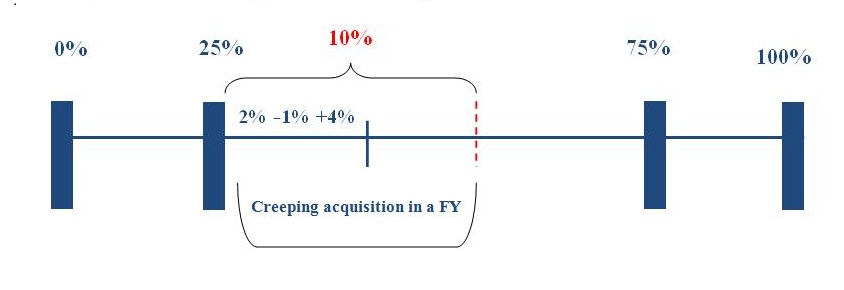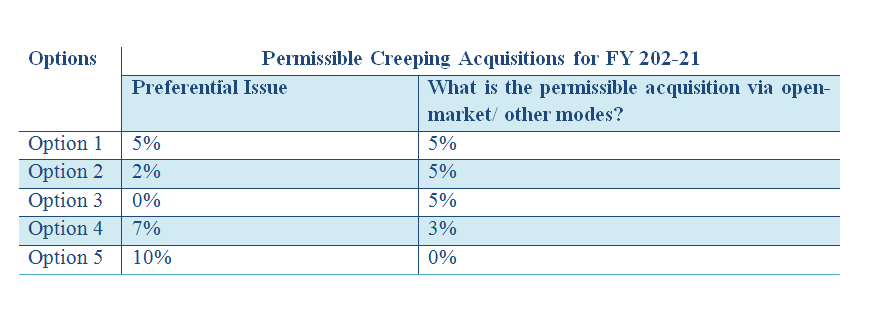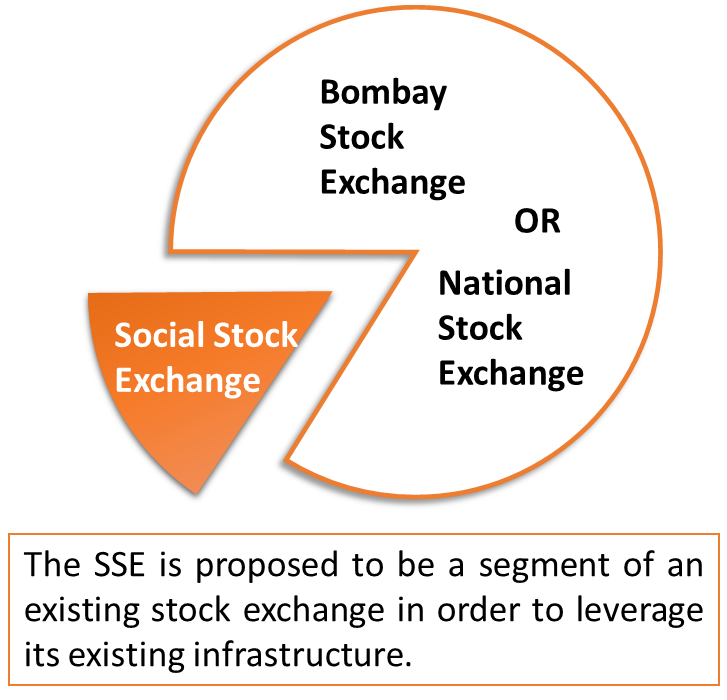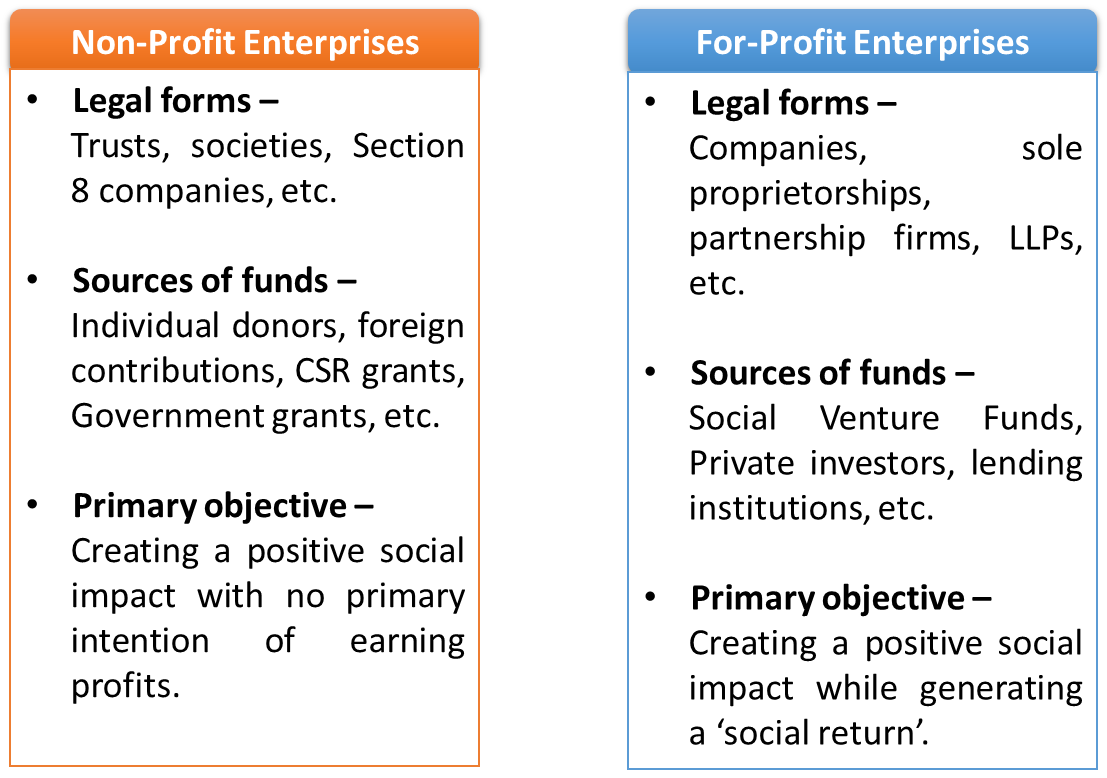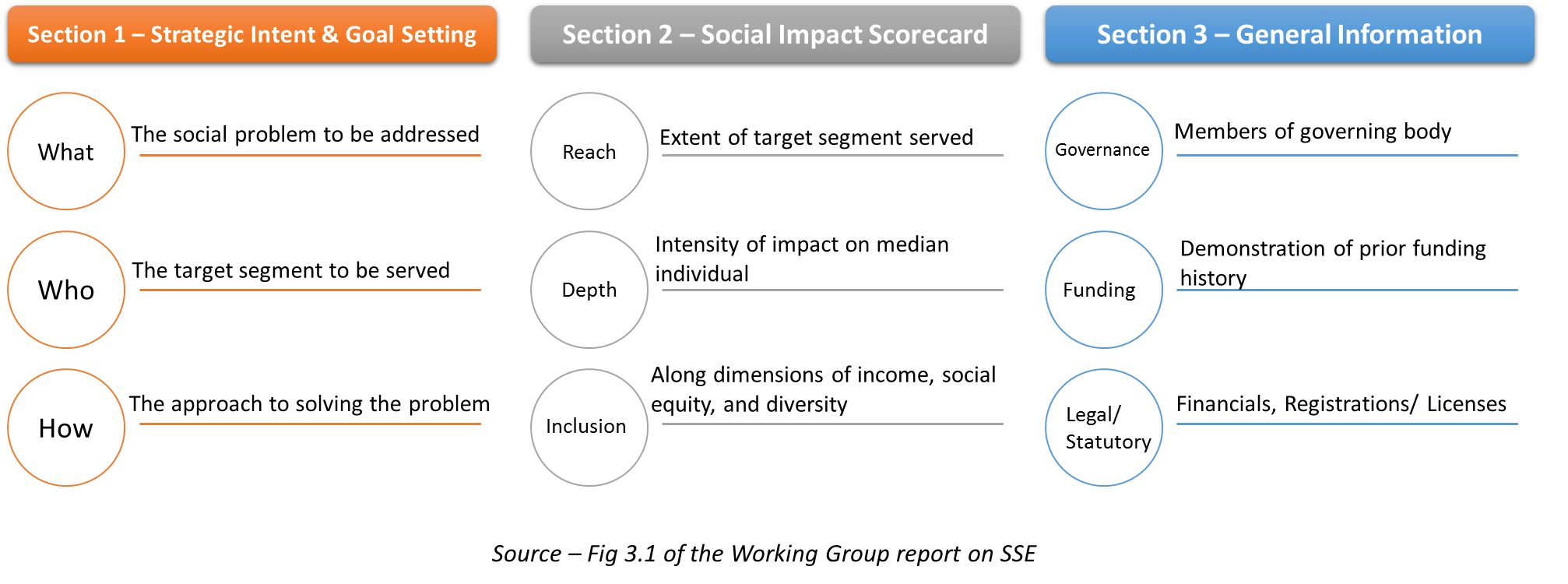Shareholder scrutiny for payout under Listing Regulations to directors
– Understanding the capping rationale
Pammy Jaiswal | Partner
Shaifali Sharma | Assistant Manager
Vinod Kothari and Company; corplaw@vinodkothari.com
Background
The remuneration payable to the directors of a public company is regulated by the provisions of Section 197 read with Schedule V of the Companies Act, 2013 (Act). It provides a ceiling on the maximum remuneration that can be paid to the directors both in aggregate as well categorically, including Whole-time Director, Managing Director and the Manager.
Any payment to such directors within the said limits has to be approved by the shareholders by way of an ordinary resolution. Payment of remuneration in excess of the limits requires approval of the shareholders by way of a special resolution.
There were no specific provisions prescribed under the SEBI (Listing Obligations and Disclosure Requirements) Regulations, 2015 (‘Listing Regulations’) on maximum remuneration payable to directors of listed entities until SEBI, on the basis of recommendation of Kotak Committee on Corporate Governance, amended the Listing Regulations to put a ceiling on remuneration payable to executive promoter directors and non-executive directors.
This article tries to critically analyze the intent and deduce the interpretation of the aforesaid capping under the Listing Regulations.
Absolute versus relative limits- reading between the lines
Regulation 17 (6) (e) of the Listing Regulations reads as under:
“The fees or compensation payable to executive directors who are promoters or members of the promoter group, shall be subject to the approval of the shareholders by special resolution in general meeting, if-
(i) the annual remuneration payable to such executive director exceeds rupees 5 crore or 2.5 per cent of the net profits of the listed entity, whichever is higher; or
(ii) where there is more than one such director, the aggregate annual remuneration to such directors exceeds 5 per cent of the net profits of the listed entity:
Provided that the approval of the shareholders under this provision shall be valid only till the expiry of the term of such director.
Explanation: For the purposes of this clause, net profits shall be calculated as per section 198 of the Companies Act, 2013.
On the very first reading of Regulation 17 (6) (e), we understand that in case the listed company has one executive promoter director, it can pay upto 2.5% of the net profits or INR 5 crore, whichever is higher, without passing a special resolution.
In case of more than one such director in the company, the relative limit of 2.5% is doubled to 5% of the net profits, however, the absolute limit of INR 5 crore has not been mentioned under sub-clause (ii) of the said sub-regulation.
This makes it all the more important for us to read between the lines and interpret the meaning as intended by the law-makers. As mentioned, the first sub-clause provides both a relative and an absolute limit for the purpose of securing shareholder scrutiny. In fact, the said clause clearly mentions that higher of the relative or absolute limit has to be considered while determining the need to approach the shareholders.
Accordingly, it may seem to be an incorrect reading if companies consider only the relative limit for the second sub-clause. In such a scenario, companies may end up considering a far lower limit than INR 5 crores which the law makers have already fixed for one promoter executive director in the first sub clause.
Approval requirements under the Act viz-a-viz requirements under Listing Regulations
A. Payment of remuneration to executive promoter directors of a listed public company
As per the Report[1] of the Kotak Committee constituted by SEBI, several cases of disproportionate payments made to executive promoter directors as compared to other executive directors were noted and therefore, the Committee with the view to improve the standards on Corporate Governance, suggested that this issue should be subjected to greater shareholder scrutiny. Accordingly, the amendment carved a parallel way for obtaining shareholder’s approval if the total remuneration paid to executive promoter director exceeds the prescribed limits.
The above recommendation has already come into effect from April 01, 2019 and therefore the listed entities, in addition to the threshold limits prescribed u/s 197 of the Act, have to adhere to the ceiling laid down u/r 17(6)(e) of the Listing Regulations.
Below is the comparison of the threshold limits prescribed under Act and Listing Regulations for payment of remuneration to executive promoter director, in excess of which shareholders’ approval by special resolution shall be required:
| Special Resolution required if: | Under the Companies Act, 2013 | Under SEBI Listing Regulations |
| Remuneration payable to a single executive director* | Exceeds 5% of the net profits of the company | Exceeds Rs. 5 crore (absolute limit) or 2.5% of the net profit (relative limit), whichever is higher |
| Remuneration payable to all executive director* | Exceeds 10% of the net profits of the company | Exceeds 5% of the net profits of the company |
* Listing Regulations caps the limit for executive directors who are promoters or members of promoter group
From above, it is evident that the Act allows public listed companies to pay remuneration to its executive directors upto 5% or 10% of its net profits, as the case may be, (without passing special resolution) which is double the relative thresholds prescribed under Listing Regulations i.e. 2.5% or 5% of the net profits.
Illustrations:
Illustration 1 –Payment within the limits laid down under the Act and also Listing Regulations
Type of shareholder approval required – Ordinary resolution under the Act
Illustration 2-Payment exceeds Listing Regulations limits but is within limits of the Act
Let us take a numerical example for this case:
| Situation | Permissible remuneration to a single executive promoter director | Permissible aggregate remuneration to more than 1 executive promoter directors | ||
| Act | LISTING REGULATIONS | Act | LISTING REGULATIONS | |
| Company has profits of 10 crore
|
· 5% of NP
0.5 crore |
Higher of
· 2.5% of NP; or · 5 crore
5 crores |
· 10% of NP
1 crore |
· 5% of NP
0.5 crore
|
| Remarks:
In case of single executive promoter director:
In case of more than 1 executive promoter director:
|
||||
Illustration 3 – Payment exceeds the limits under the Act and automatically exceeds the limits under Listing Regulations (not considering the absolute limit)
Here the case is simple, SR is required to be passed.
Illustration 4 – Company has inadequate profits for the purpose of section 197 read with Schedule V of the Act
In case the minimum remuneration approved falls within the limits provided against the effective capital – OR is sufficient, however, for the purpose of Listing Regulations, SR will be required. In this case, Listing Regulations are stricter as it does not envisage inadequacy of profits and amounts that can be paid in case inadequacy.
However, if the minimum remuneration approved exceeds the limits provided against the effective capital, SR is required under the Act and such payment can be made only for three financial years with certain other disclosure requirements.
Having said that, it is important to note that once SR under the Act has been passed for payment of remuneration either in cases of adequate or inadequateprofits, there does not seem to be any need to pass another SR under Listing Regulations for breach of the limits set therein.
B. Payment of remuneration to non-executive directors of a listed public company
The Kotak Committee on corporate governance further observed that certain non-executive directors (NEDs) (generally promoter directors) are receiving disproportionate remuneration from the total pool available for all other NEDs and recommended that if remuneration of a single NED exceeds 50% of the pool being distributed to the NEDs as a whole, shareholder approval should be required.
SEBI, in line with the above proposal and the requirement for special resolution for executive promoter directors, amended Listing Regulations and inserted following clause (ca) to Regulation 17(6):
“The approval of shareholders by special resolution shall be obtained every year, in which the annual remuneration payable to a single non-executive director exceeds fifty per cent of the total annual remuneration payable to all non-executive directors, giving details of the remuneration thereof”
The above amendment has also come into effect from April 01, 2019 and therefore, requires an action on the part of the listed entities to pass SR for such disproportionate payment to any one of its NED.
Some companies have already passed an SR in the AGM held for the financial year 2018-19 while other companies are preparing to pass the same in this year. The reason behind such two school of thoughts is based on the following reasons:
- Remuneration to a single NED for the FY 2018-19, which is basically profit linked commission, has been paid after 1st April, 2019. Some companies which have already taken the SR in the AGM held for the FY 2018-2019 have done so considering the payment being done post the advent of the aforesaid amendment.
- Remuneration to a single NED for the FY 2019- 2020 will be taken to the shareholders if it exceeds the limits. Here the companies which did not approach its shareholders in the AGM held for the FY 2018-2019 is based on the understanding that this amendment has come into force from 1st April, 2019 which means the same is to be complied with for the remuneration payable for FY 2019-2020. Therefore, according to the second school of thought, no SR is required for the disproportionate payment made in FY 2019-2020 for the FY 2018-2019[2].
Concluding Remarks
While the amendment of capping the limits for payout to executive promoter directors does not seem to meet the intent of the law makers, the amendment for passing SR for disproportionate payout to a single NED seems to be much more justified.
It was rightly mentioned in the Kotak Committee report that in future SEBI could review the status of the amendment relating to payout to executive promoter directors based on experience gained. As per the discussions above, it is imperative to draw attention firstly to the absence of the absolute limits in the second sub-clause of this sub-Regulation and even though the same is read with by inserting the same, it may seem to be futile for sole reason of SRs already passed by the companies under the Act. Further, clarity is needed for requirement to seek approval for payment of minimum remuneration in case of inadequacy of profits.
Since, MCA had already prescribed the limits and procedures under the Act for managerial remuneration, SEBI may relook at the capping scrutinylaid down for executive promoter directors and possible could align the same with the provisions of the Act. The intent is not to simply seek special resolution for every item of managerial remuneration as abundant caution.
Other reading materials on the similar topic:
- ‘FAQs on SEBI (Listing Obligations and Disclosure Requirements) (Amendment) Regulations, 2018’ can be viewed here
- Presentation on ‘Appointment & Remuneration of Managerial Personnel & KMPs’ can be viewed here
- ‘Managerial Remuneration: A five decades old control cedes’ can be viewed here
- ‘Remunerating NEDs and IDs in low-profit or no-profit years’ can be viewed here
- Our other articles on various topics can be read at: http://vinodkothari.com/
Email id for further queries: corplaw@vinodkotahri.com
Our website: www.vinodkothari.com
Our Youtube Channel: https://www.youtube.com/channel/UCgzB-ZviIMcuA_1uv6jATbg
[1]https://www.sebi.gov.in/reports/reports/oct-2017/report-of-the-committee-on-corporate-governance_36177.html


